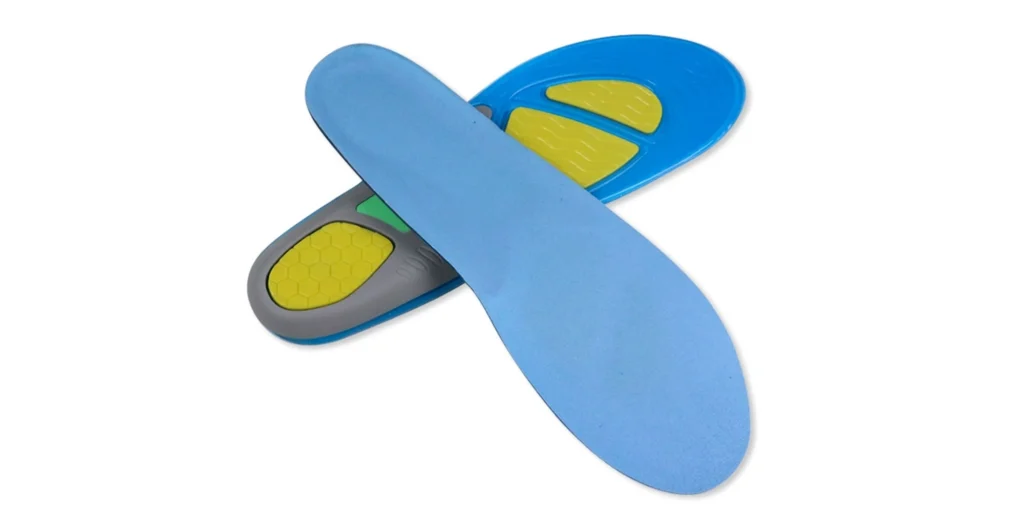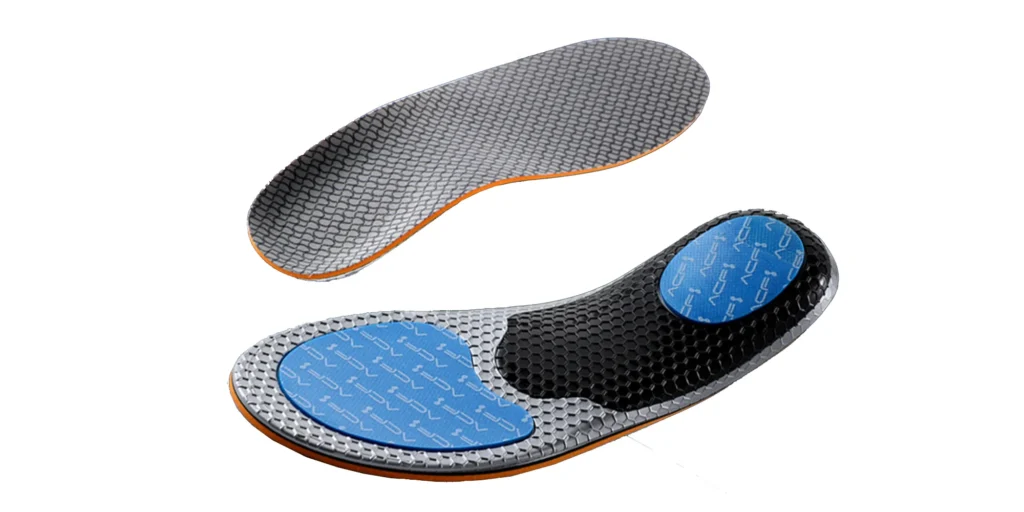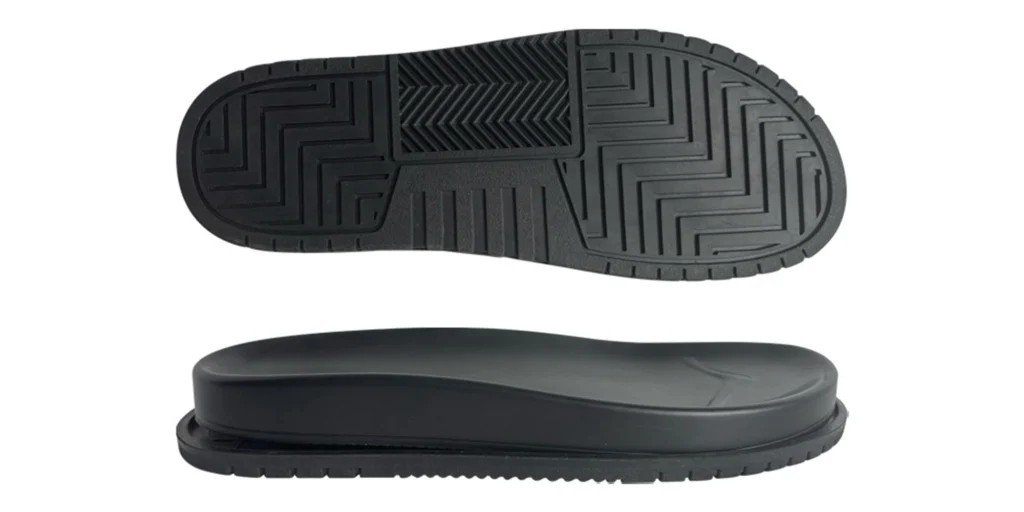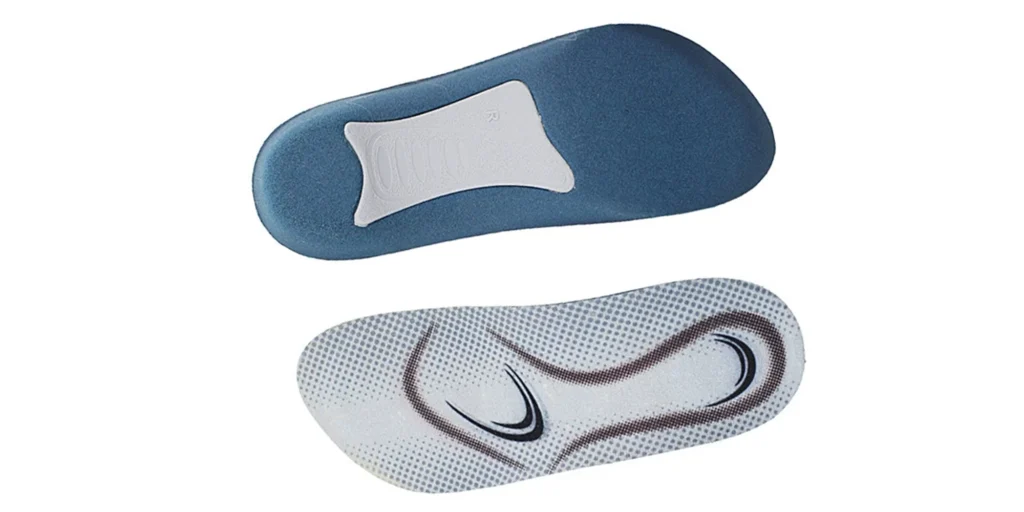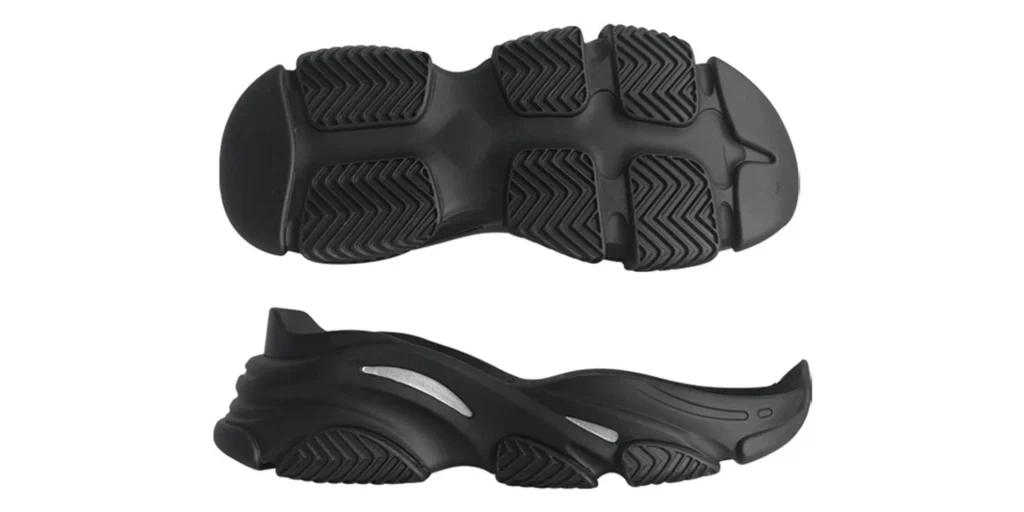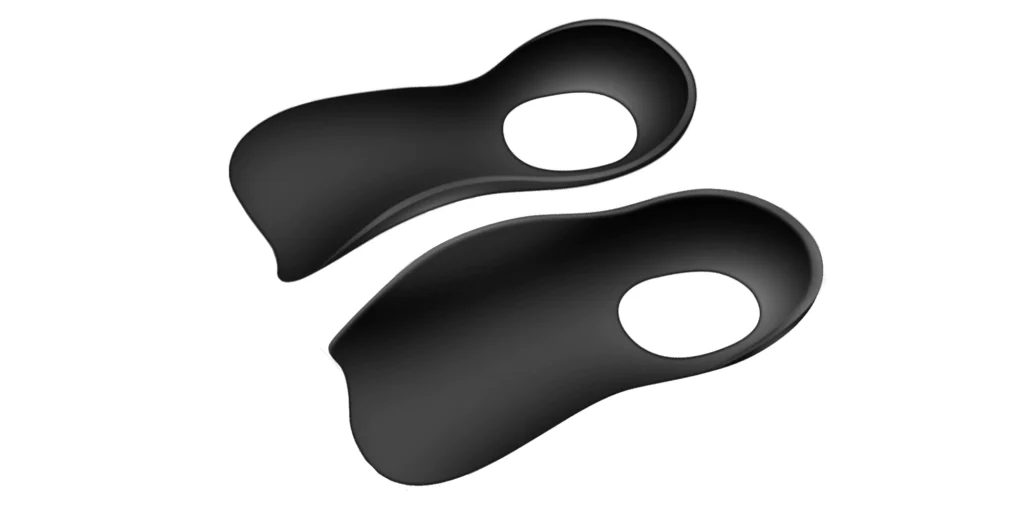Abstract:
When selecting running footwear, midsole technology stands paramount! Ethylene-Vinyl Acetate (EVA) midsoles, revered for their unparalleled shock absorption, featherweight properties, remarkable energy return, and enduring stability, have long dominated the realm of professional running shoes. This treatise delves into the performance supremacy of EVA midsoles, elucidating their pivotal role in enhancing running efficiency and safeguarding physiological integrity. A definitive compendium for discerning runners seeking authentic, high-performance footwear.
The Quintessence of Running Footwear
For discerning runners, a superlative pair of shoes transcends mere equipment—it serves as a steadfast ally in performance elevation and biomechanical preservation. Amidst the pantheon of running shoe innovations, midsole technology emerges as the cornerstone. It governs the shoe’s shock attenuation, rebound, stability, and mass, profoundly influencing comfort, efficiency, and injury prevention. Amongst diverse midsole materials, Ethylene-Vinyl Acetate (EVA) has endured as the material of choice for elite running shoe manufacturers, owing to its unparalleled adaptability and balanced performance. But why does EVA persist as the gold standard?
1. Unrivaled Shock Absorption: Safeguarding Joint Integrity
The act of running imposes impact forces equating to multiples of one’s body weight upon the feet, knees, and skeletal framework. EVA’s paramount virtue lies in its exceptional shock-attenuating prowess. Its closed-cell, honeycombed microstructure efficiently dissipates ground reaction forces, mitigating stress on lower-limb articulations—particularly the knees and ankles. This buffering effect significantly diminishes repetitive-impact injuries (e.g., stress fractures, tendinitis), rendering EVA indispensable for novice runners, heavyset athletes, and those with prior musculoskeletal predispositions.
2. The Epitome of Lightweight Engineering: Effortless Propulsion
Running is an antigravitational endeavor wherein shoe mass dictates energy expenditure and fatigue. EVA constitutes the linchpin of lightweight performance footwear, boasting a density eclipsing conventional rubber or denser foam matrices. Its ethereal construction minimizes leg-lift burden, conserves kinetic expenditure, and fosters an unimpeded stride—a sine qua non for tempo runs and protracted endurance endeavors.
3. Superior Energy Return: The Catalyst for Fluid Locomotion
A consummate running shoe must not only attenuate shock but also reciprocate energy. Herein lies EVA’s second cardinal virtue: its exceptional resilience. Upon compression, EVA rapidly recovers its native geometry, transmuting stored kinetic energy into propulsive thrust. This elastic restitution engenders seamless transitions between strides, vanquishing perceptible “footstick” and promoting forward momentum. Though emergent supercritical foams tout prodigious energy return, advanced EVA formulations—augmented via multi-density zoning and precision gas infusion—strike an optimal equilibrium between weight, cushioning, and rebound, satisfying even the most exacting paragons of running performance.
4. Proven Durability & Cost-Effectiveness: The Pinnacle of Practical Excellence
Decades of deployment in footwear engineering have rendered EVA a paragon of reliability:
- Performance Consistency: Batch-to-batch uniformity ensures predictable degradation (typically 500–800 km).
- Exceptional Longevity: EVA midsoles sustain cushioning and rebound integrity over extended service life.
- Environmental Adaptability: Marginal performance fluctuations across temperature/humidity spectra accommodate diverse terrains.
- Peerless Value Proposition: Mature manufacturing ecosystems yield high-performance EVA at accessible price points, democratizing elite cushioning technologies across market segments—an exemplar of cost-no-object sophistication.
5. Design Versatility: Engineering Excellence, Tailored to You
EVA’s malleability permits biomechanically optimized midsole architectures:
- Density Zoning: Firm EVA bolsters medial stability, while low-density variants amplify heel cushioning.
- Hybrid Composites: Confluences with TPU plates or stratified foam laminates yield intricate geometries (e.g., undulating waves, flex grooves) for enhanced stability, flexibility, and gait efficiency.
This unparalleled adaptability solidifies EVA’s ubiquity across marathon racers, daily trainers, recovery shoes, and stability-centric models—a testament to its enduring supremacy.
FAQ
Q1: “EVA seems rudimentary—does it truly rival advanced foams like Boost or ZoomX?”
EVA, though foundational, is far from archaic. Many “revolutionary” foams (e.g., supercritical variants) derive from EVA via advanced polymerization or gas infusion. Elite EVA hybrids—refined through proprietary foaming or structural augmentation—deliver coequal performance. Scrutinize empirical metrics, not marketing lexicons.
Q2: “Does EVA compact over time? What is its lifespan?”
All foams succumb to compression fatigue. Premium EVA midsoles endure 500–800 km before exhibiting palpable firmness or tread erosion—commensurate with industry standards.
Q3: “Is EVA adequate for heavyweight runners?”
Absolutely. High-density EVA variants—often labeled “Maximum Cushion” or “Stability-Enhanced”—offer augmented stack heights and medial reinforcement, ideal for mitigating high-load impacts.
Q4: “Why do brands advertise “enhanced” EVA (e.g., OrthoLite®, FF BLAST™+)?”
Innovations in gas infusion, copolymerization, and eco-conscious composites have elevated EVA’s rebound, mass, and sustainability. Prioritize technical specifications over nomenclature.
Q5: “Beyond EVA, what midsole attributes warrant consideration?”
- Structural Ingenuity: TPU torsion plates? Medial/lateral bracing?
- Outsole Coverage: High-wear zone protection (forefoot, heel)? Abrasion-resistant rubber?
- Last & Upper Design: Fit precision, breathability, heel counters.
- Purpose Alignment: Match shoe typology (racing, training, recovery) to your gait mechanics and mileage.
WELLE Trade has over 20 years of experience in the production and processing of PE/EVA/TPE foams, so you may want to consult with them if you have any sourcing needs.

